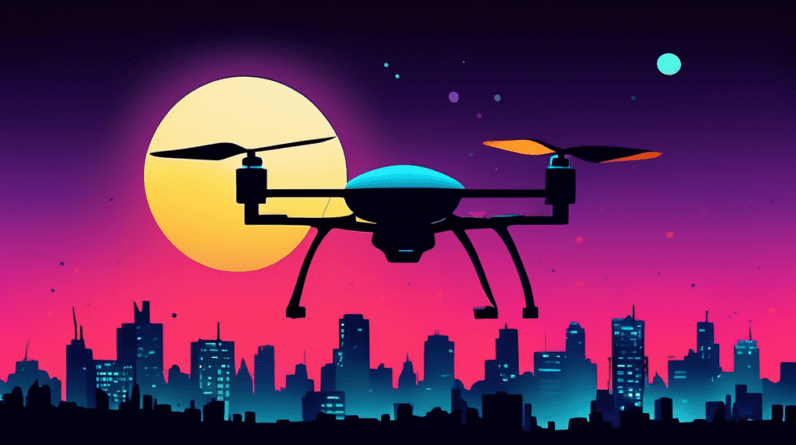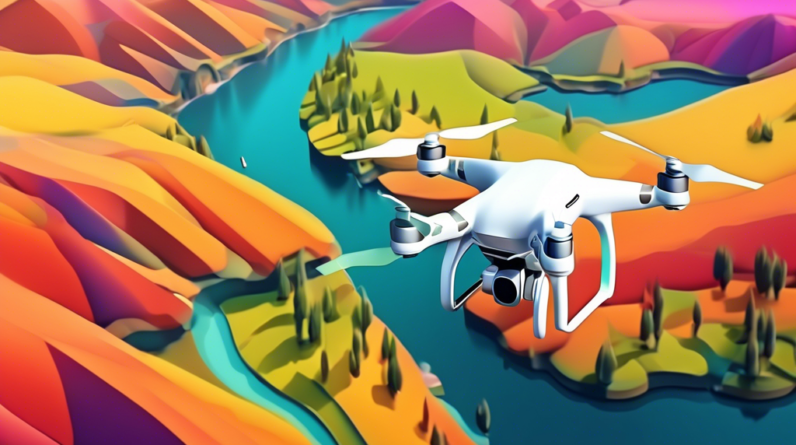What is Remote ID?
Remote ID is a cutting-edge technology that’s revolutionizing the drone industry. Essentially, it acts as a digital license plate for drones, broadcasting identification and location information in real-time. Think of it as a virtual air traffic control system for unmanned aerial vehicles (UAVs). This system enhances safety and security within the airspace, enabling authorities and other airspace users to identify and track drones during flight.
How Does Remote ID Work?
Remote ID utilizes radio frequencies to transmit crucial data about a drone in flight. This information typically includes:
- Unique Drone ID
- Location (latitude, longitude, altitude)
- Velocity
- Takeoff Location
- Control Station Location (for piloted drones)
- Emergency Status
The transmission methods for Remote ID can vary. Some drones might have built-in broadcast modules, while others might require external devices to comply with Remote ID regulations.
Why is Remote ID Important?
The implementation of Remote ID brings forth numerous benefits for the drone industry and beyond:
- **Enhanced Safety:** Remote ID allows authorities and other drone pilots to identify and track drones in the airspace, reducing the risk of collisions and unauthorized drone operations near sensitive areas.
- **Improved Security:** By providing real-time location data, Remote ID assists law enforcement in identifying and apprehending operators who misuse drones for illegal activities.
- **Accountability and Transparency:** Remote ID promotes responsible drone usage by making operators accountable for their actions, fostering trust within communities and the public.
- **Integration with Manned Aircraft:** Remote ID paves the way for the safe integration of drones into the national airspace system alongside manned aircraft.
- **Unlocking Advanced Operations:** With Remote ID in place, regulators can consider granting permissions for more complex drone operations, such as beyond visual line of sight (BVLOS) flights, opening doors to new commercial drone applications.
Remote ID Regulations
Several countries are actively developing and implementing Remote ID regulations to ensure safe and responsible drone usage. The specifics of these regulations may vary but generally encompass aspects such as:
- **Technical Standards:** Defining the required message format, transmission protocols, and performance standards for Remote ID equipment.
- **Equipment Requirements:** Specifying the types of drones that must be equipped with Remote ID and any necessary external devices.
- **Operational Requirements:** Outlining the rules for operating drones with Remote ID, including airspace restrictions and flight permissions.
- **Data Privacy:** Establishing guidelines on data collection, storage, and access to protect the privacy of drone operators and other stakeholders.
Implications for Drone Pilots
Drone pilots need to stay informed about the evolving Remote ID regulations in their respective regions. Key considerations include:
- **Compliance:** Ensure your drone complies with the Remote ID requirements or equip it with necessary external devices.
- **Registration:** Register your drone and obtain any necessary licenses or permits as per local regulations.
- **Operational Awareness:** Understand the airspace restrictions and flight permissions related to Remote ID operations.
- **Privacy Considerations:** Be aware of how your data is collected and used within the Remote ID system.
The Future of Remote ID
Remote ID represents a significant step forward in the development of a robust and secure drone ecosystem. As technology advances and regulations mature, we can expect even more sophisticated Remote ID solutions with enhanced capabilities. This will further improve airspace safety, unlock new possibilities for drone applications, and pave the way for the seamless integration of drones into our everyday lives.






